What Are OEM Components and Parts? A Complete Guide
 Oct 09,2025
Oct 09,2025

Outsourcing the manufacturing of OEM components and parts is an efficient strategy in managing supply chains. It promotes efficiency, cost effective and scaling up of projects. Businesses around the world look to lower down their costs while increasing the production volume. As an example, if Apple were to make I phones inhouse in the USA, then they were to be a lot more expensive. Instead, Apple outsources the production to the Chinese OEM “Foxconn”. They produce I phones that are way cheaper. Apple focuses on its own strengths of R&D, designing and branding. That is a little example of reaping the benefits of an OEM project.
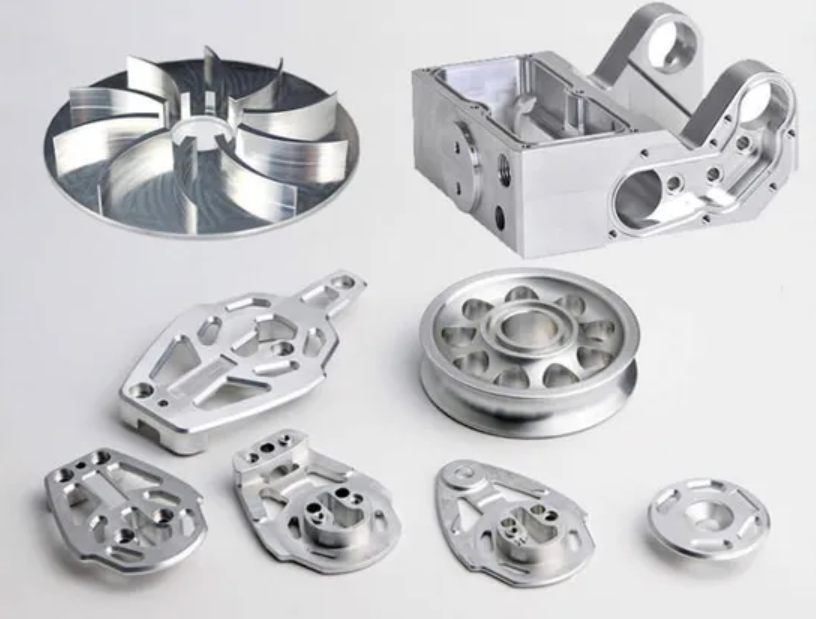
What Are OEM Components?
OEM stands for “Original Equipment Manufacturer”. OEM components are basically parts whose manufacturing is outsourced to another factory. These OEM parts are not produced in-house in client’s manufacturing facility. Rather they are just ordered and procured. In this way, the client can focus on key areas like designing, assembling, packing and marketing. While the OEM factory is responsible for producing OEM components as per client’s specifications.
Where OEM Fits in the Supply Chain
OEM is a very productive part in manufacturing supply chain. Manufacturing of specialized parts is outsourced to an OEM. So, the client does not need to produce every component in-house. As an example, many auto parts of Toyota are produced in OEM factories in China. So, this spare ample resources for Toyota to spend on R&D, designing, branding and marketing. While, the OEM factories take care of producing their specialized parts.
OEM vs Aftermarket vs OE vs Genuine
The below table draws a comparison between OEM, Aftermarket parts, OE and Genuine parts:
|
Type |
Meaning |
Quality |
Branding |
Price |
|
OEM |
Made by original equipment manufacturer |
Same as factory |
Unbranded |
Moderate |
|
OE |
Original factory installed part |
Factory standard |
May have logo |
Mid to High |
|
Genuine |
OEM-made but brand-packaged part |
Identical to OE |
Automaker brand |
High |
|
Aftermarket |
Made by third party |
Varies |
Independent brand |
Low to Mid |
What Are Aftermarket Parts? What’s the Difference?
After market parts provide an alternative to OEM or genuine parts. Aftermarket parts are produced by independent factories. These parts do not carry the logo or branding of the original manufacturer. But these parts claim to comply with the engineering standards of the original manufacturer. Comparatively, they are less expensive.
What Are CNC Machining OEM Parts?
CNC machining is a subtractive manufacturing technique. In CNC machining, blanks are machined to produce OEM components as per the Computer Aided Design (CAD). All of the process is automatic and products are of consistent quality.
CNC machining OEM is preferred mainly because even complex shapes can be produced easily. Clients can scale from prototyping to mass production within no time.
OEM vs ODM and Contract Manufacturer
OEM, ODM And Contract Manufacturing are the three common outsourcing models. They have some similarities and differences. A client should be aware of these terms to choose the correct model. The adoption of any of these models depends on factors like R&D facilities, production capacity, company size etc.
Original Design Manufacturer (ODM)
Original Design Manufacturer usually produces a product of its own without branding. A client asks the ODM to produce a certain quantity of this product with the client’s logo and branding. All R&D, designing and production responsibility lies on the manufacturer.
Pros
- Turnkey solution
- Saves time and investment in R&D.
- Access to proven designs
- Rapid market entry.
Cons
- Limited to no control over design ownership and IP rights.
- Dependence on manufacturer’s engineering capabilities.
Best for
ODM suits best to startups, e-commerce brands, and trading companies that have limited R&D facilities.
Original Equipment Manufacturer (OEM)
OEM manufactures components as per clients’ specifications. So, the client is responsible for R&D and design while the OEM factory is responsible for production. In OEM projects, clients provide the CAD files and the OEM factory provides the end product.
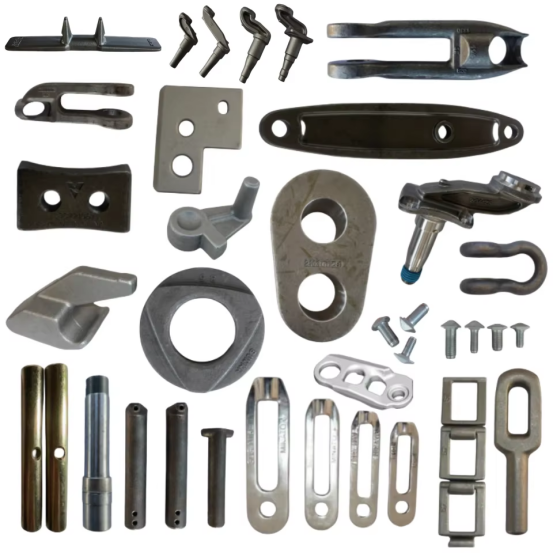
Pros
- Full control over design, materials, and quality.
- Protects IP rights.
- Suitable for specialized components.
- Easier to manage scalability.
Cons
- Higher upfront costs for design validation.
- Longer lead time before production readiness.
Best for
OEM suits best to established manufacturers, engineering firms and brands. As they already have a design, they just need production facility. OEM fulfils their manufacturing tasks.
Contract Manufacturer (CM)
Contract Manufacturing focuses solely on manufacturing. The client provides detailed specifications. The CM factory is responsible only for production while the client undertakes the task of designing and R&D.
Benefits
- Cost effective for mass production.
- Full IP rights.
- Scalable
Limits
- No design input from manufacturer.
- Effort to coordinate logistics and QA.
Best for
Contract manufacturing suits best for large corporations. The clients only need to manage R&D and designs while the manufacturer handles the production task.
What Are OEM Materials? How to Choose?
Selection of the right materials for OEM projects is a critical task. The performance and durability of OEM components highly rely on the material properties. Specific application requirements like high mechanical strength, low density or corrosion resistance invoke the selection of specific materials.
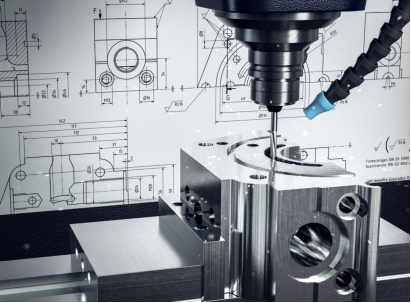
Metals for OEM Parts
A lot of OEM parts are made of metals. It is because metals offer ease of manufacturing, good machinability, high durability and high strength than other materials. Let’s checkout the most common metals in manufacturing OEM s.
Aluminum OEM Parts
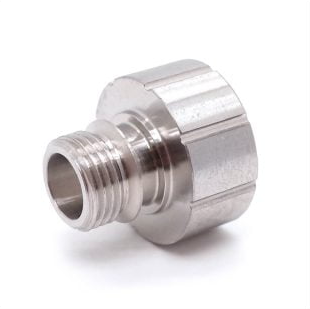
OEM parts made out of aluminum alloys are low weight, corrosion resistant and non-magnetic. These properties give them an edge over other materials in aerospace applications. 6061 alloy has an excellent machinability which makes it suitable for high precision component. 7075 alloy one of the highest mechanical strengths in aluminum alloys.
Stainless Steel OEM Parts
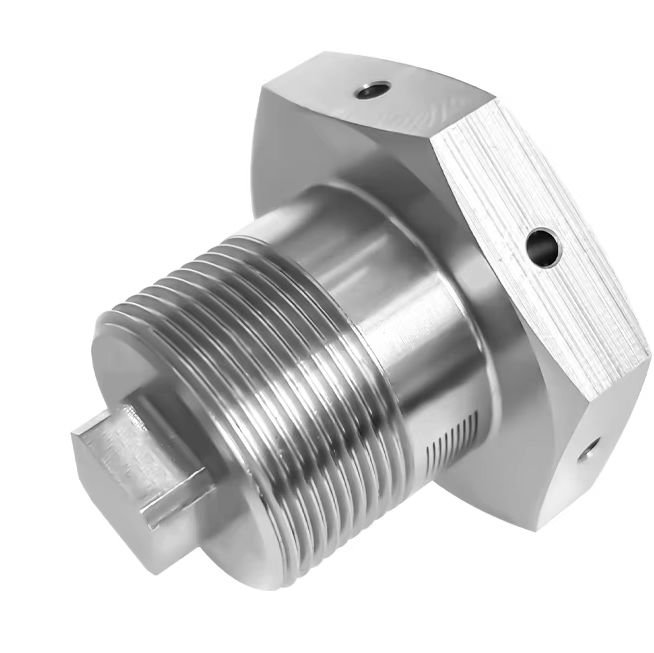
Stainless steel is a cost effective solution for corrosion resistant and high strength OEM parts. 304 grade is a general purpose grade used in food and chemical industry. 316 grade has a high resistance to pitting corrosion making it suitable for marine environments. 17-4 PH grade gives precipitation hardening which makes forming easy and then precipitation strengthening later on.
Titanium OEM Parts
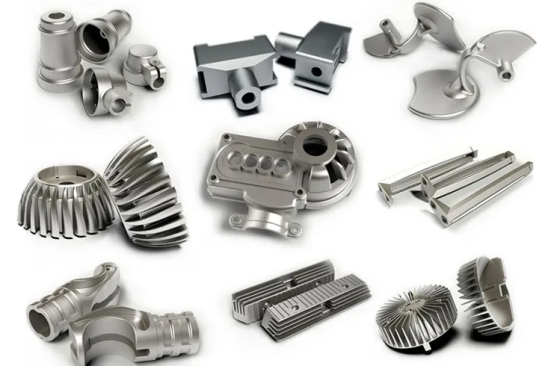
Titanium alloys have an excellent strength to weight ratio and a good corrosion resistance. Titanium alloys are highly preferred in aerospace OEM components. Grade 2 is commercially pure Ti. Grade 5 is an alloy of titanium, aluminum and vanadium.
Engineering Plastics for OEM Components
Engineering plastics used in manufacturing OEM parts have high performance characteristics. PA6, PA66, GF30 and PEEK are some of the common engineering plastics used in manufacturing parts in OEM factories.
Nylon OEM Parts
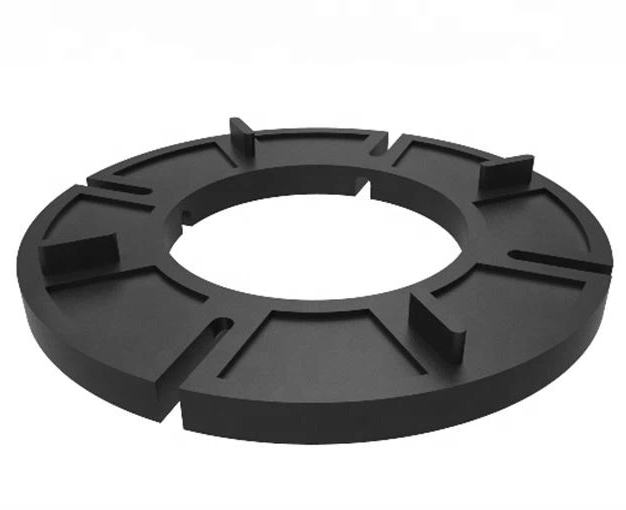
Nylon OEM parts offer high strength and impact resistance for structural components. PA6 and PA66 polymers have a good lubricating nature so they are preferred in manufacturing OEM bushings and bearing cartridges.
PEEK OEM Parts
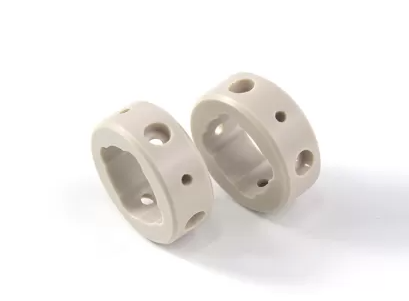
PEEK plastic is used in manufacturing OEM parts for high performance applications. PEEK polymer can withstand high temperature, chemical attack and radiation exposure.
Acetal OEM Parts
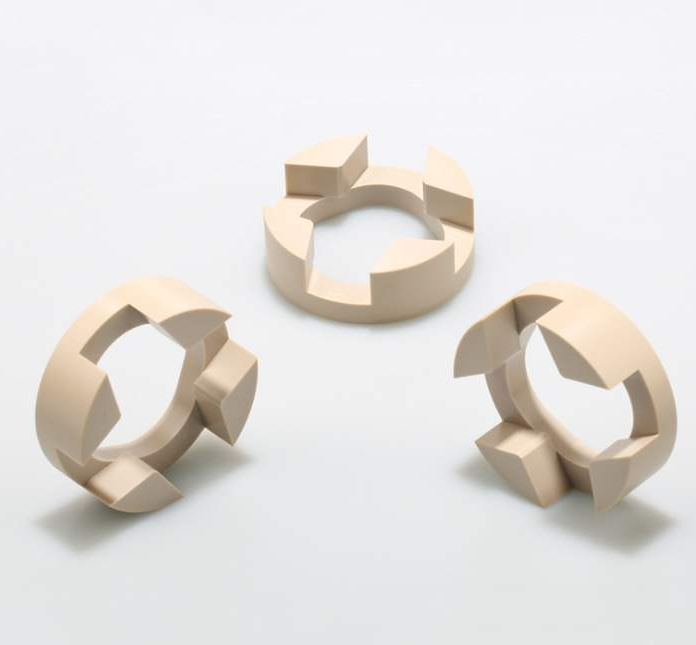
Low friction and high stiffness of acetal make it suitable for precision OEM parts.
POM OEM Parts
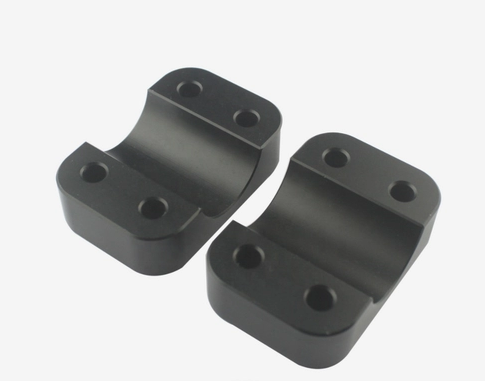
POM (polyoxymethylene) belongs to the acetal family. It has two variants: POM-C and POM-H. POM C is mainly used in OEM parts that need a high chemical resistance and good dimensional stability. POM-H is mainly valued for it strength and stiffness.
What Matter Most When Choosing Part Materials?
Design Purposes
Designing aspect is one of the most relevant selection criteria. The designing intent parameters like corrosion resistance, strength or low weight etc. play a vital role in material selection.
Material Standards and Certifications
The selected material must comply with the applicable standards and certifications.
ASTM, ISO, RoHS, REACH etc. provide guidelines for material selection for a particular application.
Cost and Availability
Cost and availability are limiting factors. If the OEM part cost exceeds more than what a client can afford, its usefulness diminishes.
OEM Manufacturing Processes and Tolerances
Apart from material selection, the choice of correct OEM manufacturing process is the key to produce durable OEM components. Without the correct manufacturing setup, it is difficult to achieve tight tolerances and high precision. CNC machines offer a good consistency, scalability and high precision.
CNC Machining for OEM Parts
CNC Milling OEM
CNC milling is usually done for flat surfaces, slots, holes, and contours. Common examples include enclosures, housings, fixtures, and brackets.
CNC Turning OEM
CNC turning is used for cylindrical OEM components. Common examples include shafts, bushings, couplings, and threaded connectors.
CNC Mill-Turn OEM
CNC mill-turn combines both milling and turning operations. It is ideal for manufacturing OEM components that require high accuracy and precision. As repositioning either for milling or turning is abandoned, errors are minimized. Manifolds and turbine housings are good examples of OEM components manufactured with this process.
Custom 5-Axis Machining
5 axis CNC machining is ideal for creating complex shapes with a high accuracy. Machining around 5 axis can be performed in a single setup without repositioning.
Sheet Metal Manufacturing
Sheet metal manufacturing involves creating OEM parts from flat sheets of metals. It involves operations like slitting, cutting, bending, roll forming, welding and hemming,
Surface Finishes and Treatments
After shaping the OEM components to the desired dimensions, surface treatment option can be used. Surface treatment enhances aesthetics, functionality and corrosion resistance. Anodization is mainly used for aluminum alloys.
GD&T and Dimensional Tolerances
Compliance with the GD&T requirements of the client is critical in achieving customer satisfaction. It ensures quality assurance and effective functionality of OEM components.
How to Assure Machined OEM Parts Quality?
Quality assurance is a vital step in building customers’ satisfaction in OEM projects. Internationally recognized systems like PPAP, APQP and FAI lay the guidelines for ensuring that the OEM factories are capable for meeting design specifications. These QA systems are discussed briefly here
PPAP, APQP, and Control Plans
PPAP, APQP and other similar control plans are put in place by OEM factories to make sure that production aligns with the design specifications. The below table briefly highlights the feature of these QA systems
|
Method |
Abbreviated for |
Purpose |
Stage |
Key Output |
|
APQP |
Advanced Product Quality Planning |
Plan quality and process flow |
Before production |
Quality plan and control points |
|
PPAP |
Production Part Approval Process |
Approve process capability |
Pilot run |
Dimensional and material reports |
|
Control Plan |
|
Maintain process consistency |
During production |
Inspection checklist |
|
FAI |
First Article Inspection |
Verify first part accuracy |
First batch |
Inspection report |
|
CMM Report |
Coordinate Measuring Machine Report |
Measure precision and GD&T |
During or after production |
3D measurement data |
First Article Inspection (FAI)
Dimensional and quality checks are performed on the initial batch of OEM components. The FAI report tells whether or not the OEM factory is capable of producing the OEM components as per specifications.
CMM Reports
Coordinate Measuring Machine reports have dimensional measurements of even the most complex curvatures. CMM checks the dimensions with a very high tolerance. In this way, the precision of OEM components can be checked. CMM reports can be made at any stage of production.
OEM Components by Industry and Typical Parts
OEM projects are undertaken by many industries. Be it a simple industrial OEM part or highly advanced medical implants, clients always look for reliable OEM partners. China at large is the world leader in manufacturing OEM parts.
Automotive OEM Parts
OEM parts in cars must have tight tolerances to ensure proper fit. As OEM parts are subjected to fatigue loading, high temperature and impacts, they must be able to withstand it. OEM parts in cars like brackets, housings and suspension links are commonly produced by OEM factories.
Industrial Equipment OEM Parts
OEM parts of industrial equipment should desirably have a long service life. To achieve this goal reputed OEM factories, select the most suitable materials for manufacturing OEM parts. Further, surface treatment like anodization or plating are done to extend the service life.
Medical Devices OEM Parts
In medical industry, factors like cleanliness, biocompatibility and sterilization are the first and the foremost. Medical devices can have complex geometries and curvatures. So, for some OEM parts 5 axis CNC machines might be required.
Electronics and Robotics OEM Parts
Electronics and robotics OEM parts like enclosures, heat sinks and frames need consistency in geometry to maintain their functionality. CNC machines are capable of producing high quality OEM components with a consistent quality.
How to Choose an OEM Partner
The choice of the correct OEM partners is pertinent in any OEM project. At a glance, most OEM factory website appear to be promising. But the real effectiveness of an OEM factory must be ensured for attaining a long term partnership. Here ae some of the factors that must be considered while selecting an OEM partner.
Manufacturing Abilities
The OEM partner must have all the necessary manufacturing machines to deliver quality products. As an example, complex curvatures are accurately produced on a 5 axis CNC machine. Although a 3 axis CNC can somehow make produce this complex part, but the precision and consistency can only be ensured on the correct machine i.e 5 axis CNC.
Certifications and Industry Experience
Compliance with international standards and relevant industry certifications mark the excellence of an OEM partner. As an example, an OEM factory compliant with IATF 16949 is more likely to deliver good results for automotive OEM parts than an OEM factory that is not compliant.
- Why custom machining shop have benefits?
Custom machining shops have the flexibility to adapt to any level of production. They can quickly scale from prototyping to mass production. As they work for different industries, they are most likely to have all the necessary machines.
DFM Support and NPI Readiness
OEM factories that can quickly produce OEM parts from DFM files are an excellent choice. An OEM factory that has NPI readiness can scale up production promptly whenever required.
Machining Lead Time
OEM factories that offer a shorter lead time help to manage the supply chain in a better manner.
TOP 5 OEM Factories in China
China is by far a world leader in manufacturing OEM parts. Clients from around the globe approach OEM factories in China for producing their custom made OEM parts. Chinese suppliers offer shorter lead times for quality OEM components at a very affordable price.
Leading Machining OEM Factories China List
The below table ranks the top 5 leading CNC machining factories:
|
Ranking |
OEM Factory China |
Location |
Major Services |
Key Benefits |
|
1 |
TUOFA CNC Machining |
Shenzhen, Guangdong |
CNC milling, turning, prototyping, OEM parts |
High precision, strong QC, expert in hard metals like titanium & nickel alloys, nearly 20 years of experience |
|
2 |
ByPrototyping |
Dongguan, Guangdong |
Rapid prototyping, CNC machining, 3D printing |
Fast turnaround, strong DFM feedback |
|
3 |
KDMFAB |
Ningbo, Zhejiang |
Sheet metal fabrication, CNC, laser cutting |
Complete fabrication and finishing solutions |
|
4 |
ATMachining |
Suzhou, Jiangsu |
CNC turning, 5-axis milling, plastic machining |
Advanced equipment, flexible order size |
|
5 |
QuickParts |
Shanghai |
OEM machining, additive manufacturing, mold tooling |
One-stop solution from prototype to production |
Benefits of Choosing TUOFA OEM Parts
TOUFA is a top ranked factory in China that produces OEM parts. It has been producing high precision OEM parts with a great accuracy for nearly 20 years. A high level of trust that TOUFA’s customers have enshrined in it speaks of itself. TOUFA has a wide range of advanced machinery and equipment in its manufacturing facilities. It provides a complete one-stop custom solution from milling to turning to 5 axis manufacturing and so on. TOUFA can handle even the most difficult to machine hard metal Titanium and nickel-based alloys.
How to Get An Instant Quote from TUOFA?
Let’ s be a partner in our mutual success. Get you CNC quote online today. Just send us your CAD file in 2D & 3D in STEP/STL/IGS format by email: info@tuofa-cncmachining.com; or by: click here.
TUOFA will get back to you quickly.
Conclusion
Sourcing OEM components from reliable OEM partners is a good way of managing the supply chain. OEM lets the clients to focus on their key strengths like R&D, designing, branding or marketing. The clients are liberated from the laborious work of production. In any OEM projects the choice of the correct materials and the correct OEM supplier is critical in ensuring consistency in quality. There are a lot of OEM factory China. Among several other OEM factory TOUFA is a well reputed name that has been maintaining a good level of customer satisfaction since the last 20 years.
FAQs
How do I verify an OEM supplier?
Market repute, customer satisfaction rate and manufacturing facilities highlight the OEM’s ability to undertake an OEM project. Reports like FAI further help in this verification process.
Who manufactures OEM auto parts?
OEM auto parts are made by the vehicle’s original supplier.
 Tel/WeChat:
Tel/WeChat:  Email:
Email: 
 Home
Home
 Manufacturing Cycle Time Explained: Definition, Formula, and Reduction Strategies
Manufacturing Cycle Time Explained: Definition, Formula, and Reduction Strategies 







